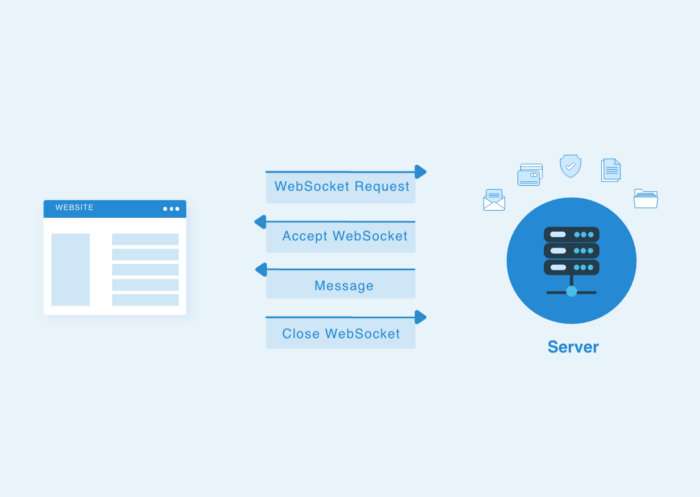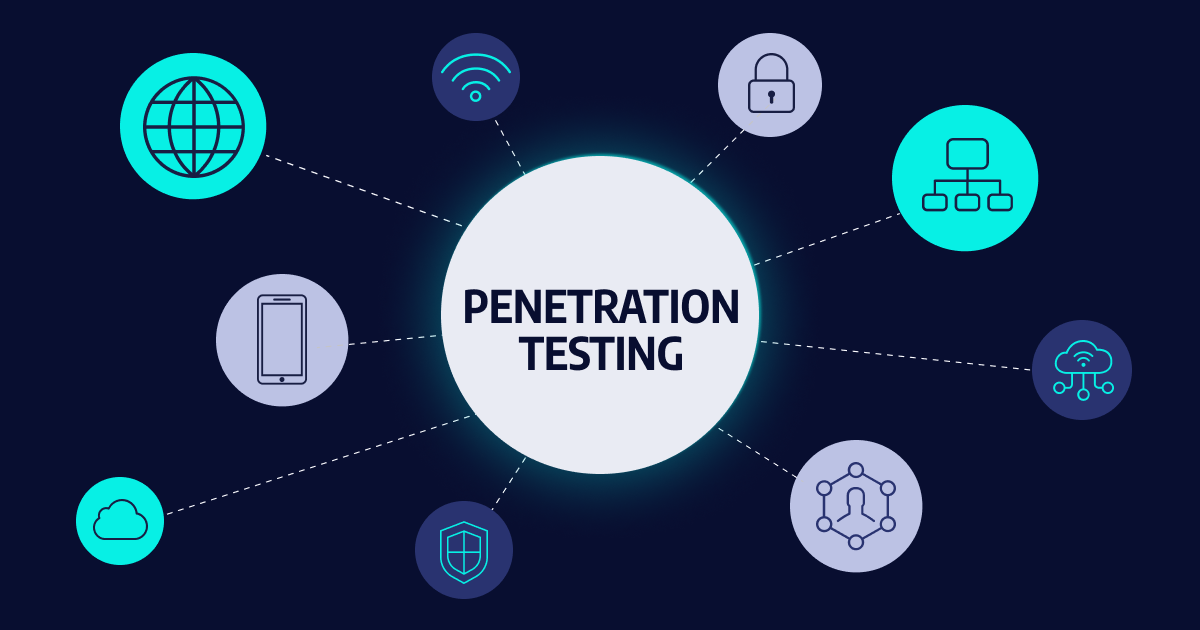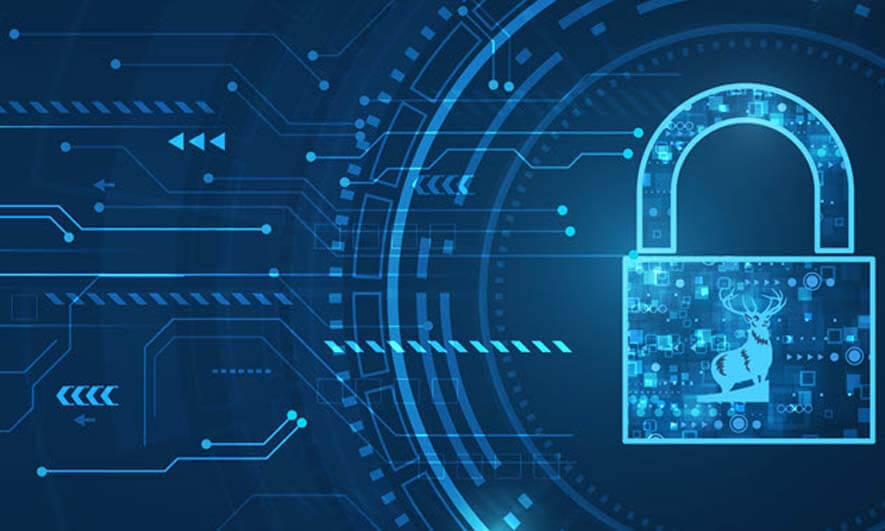
In May 2021, JBS Foods, the world's largest meat processing company, was hit by a ransomware attack. The attack caused a significant disruption to the company's operations and raised concerns about the cybersecurity of the food industry.
The attack affected the company's operations in North America and Australia, forcing the shutdown of several plants and disrupting the meat supply chain.
The incident highlights the growing threat of ransomware attacks and the need for companies to take proactive measures to protect themselves.
What is Ransomware?
Ransomware is a type of malicious software that encrypts a victim's data and demands payment in exchange for the decryption key. Ransomware attacks can be devastating for businesses, causing significant financial losses, and damaging the company's reputation.
Ransomware attacks can be delivered through email phishing, drive-by downloads, or exploit kits. Once the malware is installed on the victim's system, it can quickly spread across the network, encrypting files and rendering them inaccessible.
How Did the JBS Foods Ransomware Attack Happen?
The JBS Foods ransomware attack was a sophisticated and well-planned operation. The attackers used a variant of the REvil ransomware, which is known for its effectiveness and sophistication. The attackers gained access to JBS Foods' systems through a third-party supplier's account, exploiting vulnerabilities in the supplier's network.
Once inside JBS Foods' network, the attackers quickly moved laterally, gaining access to critical systems and data.
The attackers demanded a ransom payment of $11 million in Bitcoin, which JBS Foods paid to regain access to their systems. The company's decision to pay the ransom was controversial, with some cybersecurity experts arguing that it incentivizes further attacks.
However, JBS Foods stated that the decision was made to minimize the impact of the attack and ensure the timely restoration of operations.
10 Ways You Can Prevent Similar Attacks
The JBS Foods ransomware attack highlights the need for companies to take proactive measures to protect themselves from cyber threats. Here are some preventive measures that can be taken to avoid similar attacks:
Conduct Regular Risk Assessments: Regular risk assessments can help identify vulnerabilities in a company's systems and infrastructure. Companies should assess their systems' security posture regularly and prioritize vulnerabilities based on their severity.
Educate Employees: Employees can be the weakest link in a company's cybersecurity defenses. Companies should provide regular training to employees on how to identify and avoid phishing emails and other types of cyber threats.
Implement Multi-Factor Authentication: Multi-factor authentication can help prevent unauthorized access to a company's systems and data. Companies should implement multi-factor authentication for all critical systems and accounts.
Use Strong Passwords: Strong passwords are essential for protecting accounts from brute-force attacks. Companies should enforce password policies that require employees to use strong passwords and change them regularly.
Keep Systems Updated: Outdated systems and software are often the target of cyber attackers. Companies should ensure that their systems and software are updated regularly with the latest security patches.
Backup Data Regularly: Regular backups can help companies recover from a ransomware attack without paying the ransom. Companies should back up critical data regularly and store the backups in a secure location.
Use Antivirus and Anti-Malware Software: Antivirus and anti-malware software can help prevent malware from infecting a company's systems. Companies should use reputable antivirus and antimalware software and ensure that it is updated regularly.
Implement a Cybersecurity Incident Response Plan: A cybersecurity incident response plan can help companies respond quickly and effectively to a cyberattack. The plan should include procedures for detecting and containing an attack, communicating with stakeholders, and restoring operations.
Monitor Network Traffic: Companies should monitor network traffic for signs of suspicious activity. This can help identify a cyberattack in its early stages and prevent it from causing significant damage.
Consider Cyber Insurance: Cyber insurance can help companies mitigate the financial losses associated with a cyberattack. Companies should consider purchasing cyber insurance to help cover the costs of recovery and damage control.
Conclusion
The JBS Foods ransomware attack was a wake-up call for the food industry and a reminder of the growing threat of ransomware attacks. Companies must take proactive measures to protect themselves from cyber threats, including conducting regular risk assessments, educating employees, implementing multi-factor authentication, using strong passwords, keeping systems updated, backing up data regularly, using antivirus and anti-malware software, implementing a cybersecurity incident response plan, monitoring network traffic, and considering cyber insurance. By taking these preventive measures, companies can minimize the risk of a ransomware attack and protect their operations, customers, and reputation.





